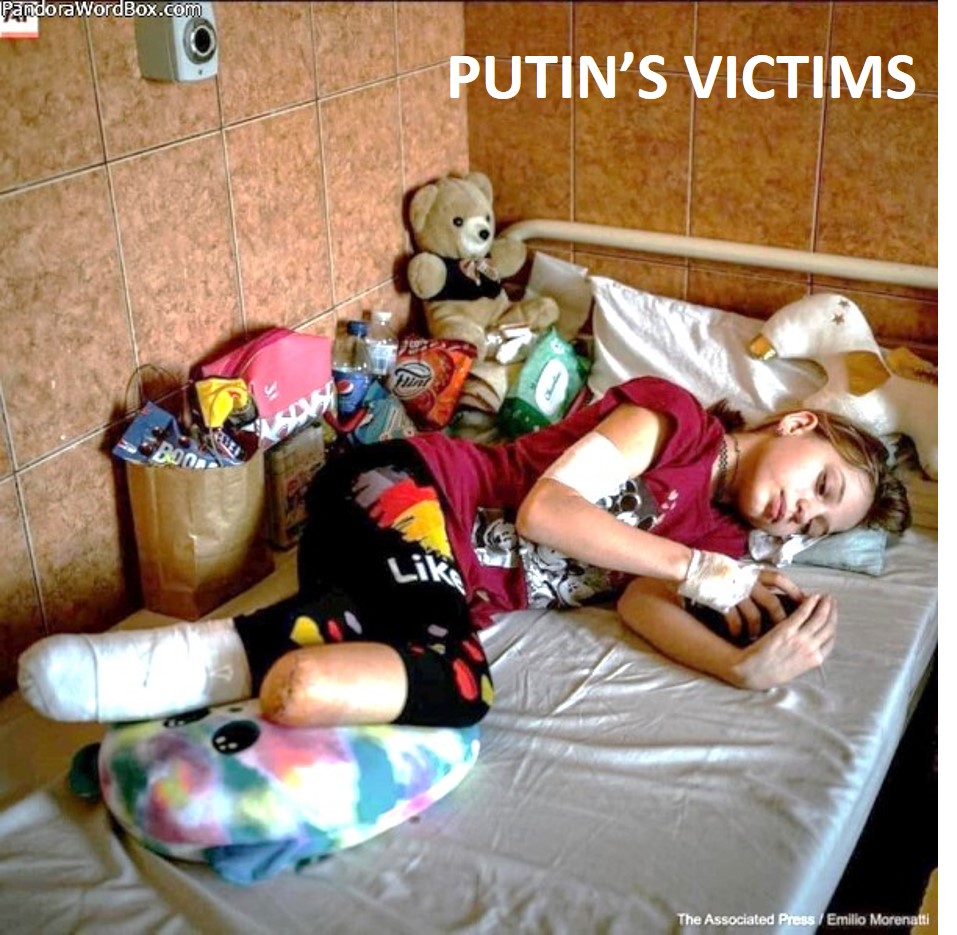Nijmegen Breakage Syndrome
Raymonda Varon, PhD, Ilja Demuth, PhD, and Krystyna H Chrzanowska, MD, PhD
 [for Professionals mainly] [for Professionals mainly]
Clinical characteristics.
Nijmegen breakage syndrome (NBS) is characterized by progressive microcephaly, intrauterine growth retardation and short stature, recurrent sinopulmonary infections, an increased risk for cancer, and premature ovarian failure in females. Developmental milestones are attained at the usual time during the first year; however, borderline delays in development and hyperactivity may be observed in early childhood. Intellectual abilities tend to decline over time and most children tested after age seven years have mild to moderate intellectual disability. Recurrent pneumonia and bronchitis may result in respiratory failure and early death. Approximately 40% of affected individuals have developed malignancies before age 20 years, with the risk being highest for T-cell (55%) and B-cell lymphomas (45%). Other tumors include solid tumors (e.g., medulloblastoma, glioma, and rhabdomyosarcoma). Note, however, that much of what is reported about NBS is based on individuals who are homozygous for the single most common Eastern European pathogenic variant, c.657_661del5... (Continued in original article.)
(Below is given an extract from a prior similar report).
[NBS, Berlin Breakage Syndrome (BBS), Seemanova Syndrome, Ataxia-telangiectasia Complementation Group V1 or V2], Patrick J. Concannon, PhD; Richard A. Gatti, MD, April 20, 1999 … (NBS) is characterized by short stature, progressive microcephaly with loss of cognitive skills, ovarian failure in females, recurrent sinopulmonary infections, and an increased risk for cancer, particularly lymphoma … DNA-based testing of the NBS1 gene (chromosomal locus 8q21) detects disease-causing mutations in almost 100% of patients. Such testing is available clinically … Inherited in an autosomal recessive manner … Progressive microcephaly with loss of cognitive skills … recurrent sinopulmonary infections … Increased risk for cancer, particularly lymphoma … Microcephaly occurs in about 75% of patients at birth, and in the remainder of patients during the first months of life … Growth retardation may be present at birth or becomes manifest before two years of age … The characteristic facial features including a sloping forehead, receding mandible, prominent nasal root and nose, large ears, and upward slant of the palpebral fissures become apparent at around three years of age … Inversions and translocations involving chromosomes 7 and 14 are observed in PHA-stimulated lymphocytes in 10% to 50% of metaphases. The breakpoints most commonly involved are 7p13, 1q35, 14q11 and 14q32 … Molecular Genetic Testing … Mutation analysis of the NBS1 gene (chromosomal locus 89q21) and linkage analysis … Clinical Description … Growth … Lower than normal birth weight and small for gestational age … 25 of the 70 patients (35%) reported to date have developed malignancies between the ages of one and 34 years. Twenty-two of the 25 were lymphomas … High incidence of primary ovarian failure in both prepubertal girls and adolescent and post-adolescent women … elevated gonadotrophin … amenorrhea … lack of secondary sexual development … Phenotype in males is not yet clear … Irregular skin pigmentation, manifested as hyperpigmented or hypopigmented irregular spots, is seen in most patients. Congenital malformations, include hydrocephalus, preaxial polydactyly, occipital cyst, choanal atresia, cleft lip and palate, tracheal hypoplasia, horseshoe kidney, hydronephrosis, hypospadias, anal stenosis/atresia, and congenital hip dysplasia … There are no reliable estimates of prevalence … NBS is most common in East European/Slavic population … Studies in Poland, the Czech Republic, and Ukraine carrier frequency of the common allele approaches 1/155 in these populations.
Nijmegen Breakage Syndrome (NBS)
Krystyna H Chrzanowska, Hanna Gregorek, Bożenna Dembowska-Bagińska, Maria A Kalina, and Martin Digweed
(Emphasis on Slavic population)
Orphanet J Rare Dis. 2012; 7: 13.
Published online 2012 Feb 28. doi: 10.1186/1750-1172-7-13
 [for Professionals mainly] [for Professionals mainly]
Nijmegen breakage syndrome (NBS) is a rare autosomal recessive syndrome of chromosomal instability mainly characterized by microcephaly at birth, combined immunodeficiency and predisposition to malignancies. Due to a founder mutation in the underlying NBN gene (c.657_661del5) the disease is encountered most frequently among Slavic populations. The principal clinical manifestations of the syndrome are: microcephaly, present at birth and progressive with age, dysmorphic facial features, mild growth retardation, mild-to-moderate intellectual disability, and, in females, hypergonadotropic hypogonadism. Combined cellular and humoral immunodeficiency with recurrent sinopulmonary infections, a strong predisposition to develop malignancies (predominantly of lymphoid origin) and radiosensitivity are other integral manifestations of the syndrome. The NBN gene codes for nibrin which, as part of a DNA repair complex, plays a critical nuclear role wherever double-stranded DNA ends occur, either physiologically or as a result of mutagenic exposure. Laboratory findings include: (1) spontaneous chromosomal breakage in peripheral T lymphocytes with rearrangements preferentially involving chromosomes 7 and 14, (2) sensitivity to ionizing radiation or radiomimetics as demonstrated in vitro by cytogenetic methods or by colony survival assay, (3) radioresistant DNA synthesis, (4) biallelic hypomorphic mutations in the NBN gene, and (5) absence of full-length nibrin protein. Microcephaly and immunodeficiency are common to DNA ligase IV deficiency (LIG4 syndrome) and severe combined immunodeficiency with microcephaly, growth retardation, and sensitivity to ionizing radiation due to NHEJ1 deficiency (NHEJ1 syndrome). In fact, NBS was most commonly confused with Fanconi anaemia and LIG4 syndrome. Genetic counselling should inform parents of an affected child of the 25% risk for further children to be affected. Prenatal molecular genetic diagnosis is possible if disease-causing mutations in both alleles of the NBN gene are known. No specific therapy is available for NBS, however, hematopoietic stem cell transplantation may be one option for some patients. Prognosis is generally poor due to the extremely high rate of malignancies ... (Continued in original article.)
Nijmegen Breakage Syndrome
Victor A. McKusick, OMIM, Johns Hopkins University, June 22, 2007
 [for Professionals mainly] [for Professionals mainly]
Gene Map Locus: 8q21 … Weemaes et al. (1981) described 2 sons of second-cousin parents who had microcephaly, stunted growth, mental retardation, cafe-au-lait spots, and immunodeficiency … Chromosome instability with multiple rearrangement of chromosome 7 and 14 … Seemanova et al. (1985) described 9 patients in 6 families with a 'new' disorder characterized by low birth weight for date, microcephaly with normal intelligence, receding mandibula, cellular and humoral immune defects, and increased risk of lymphoreticular malignancies … Teebi et al. (1987) reported a large inbred Arab kindred in which 8 individuals in 5 sibships had microcephaly and normal intelligence. Two died of acute lymphoreticular malignancy or bronchial pneumonia … It is now quite clear that at least 1 of the patients of Weemaes et al. (1981) and at least 2 of the patients of Seemanova et al (1985) had the same basic defect … Ataxia-Telangiectasia variant-1 is the designation applied to the Nijmegen breakage syndrome and AT variant-2, the designation for the Berlin breakage syndrome (600885) … Despite the fact that these patients have neither ataxia nor telangiectasia, they historically have been categorized as AT variants.
Rare Birth Defect Linked to Cellular DNA Damage Response - Nijmegen Breakage Syndrome or NBS
Lynn Yarris, January 15, 1999
Berkeley Lab … (NBS) … Babies who appear normal at birth fail to develop normal size skulls (microcephaly) … Low IQs, variable immune deficiencies, and an extremely high incidence of cancer … Absence of a protein called "p95" is the cause of NBS.
Incidence of the major Nijmegen breakage syndrome (NBS) mutation 657del5 in Czech Republic, Poland and Ukraine
R. Varon, et. al … Institute of Human Genetics, Humboldt University, Charite, Berlin, Germany … We identified a total of 7 truncating mutations in different NBS patients, the majority being homozygous for mutation 657del5 in exon 6. We found this mutation in 68 unrelated NBS patients … We analyzed 1713 randomly selected, anonymous Guthrie cards from new-borns, 645 from Czech Republic, 568 from Poland and 500 from Ukraine … We now plan to access the exact cancer risk for these individuals through epidemiological studies.
Reports on the Rare Diseases and Conditions
Office of Rare Dieseases, National Institutes of Health
Nijmegen Breakage Syndrome Gene
Stylianos E. Antonarakis, OMIM, Johns Hopkins University, August 10, 2007
 [for Professionals mainly] [for Professionals mainly]
Nibrin p95 Protein of the MRE11/RAD50 Complex. An autosomal recessive chromosomal instability syndrome characterized by microcephaly, growth retardation, immunodeficiency, and cancer predisposition … hypersensitive to ionizing radiation with cytogenetic features indistinguishable from those of ataxia-telangiectasia … critical interval on chromosome 8q21 … gene encoding p95 …
ATM-dependent phosphorylation of nibrin
… mre11 complex and ATM … expression of the NBS1 gene … aberrant DNA structures … mapping of a mouse … Nijmegen breakage syndrome … Genes and cancer. NBS1 (Nijmegen breakage syndrome) … Chromosomal breakage syndromes … Radiation, DNA damage and cancer …
________________________________________________________________________________________________
Last Updated: 2023/04/21
________________________________________________________________________________________________
|


 [for Professionals mainly]
[for Professionals mainly]




